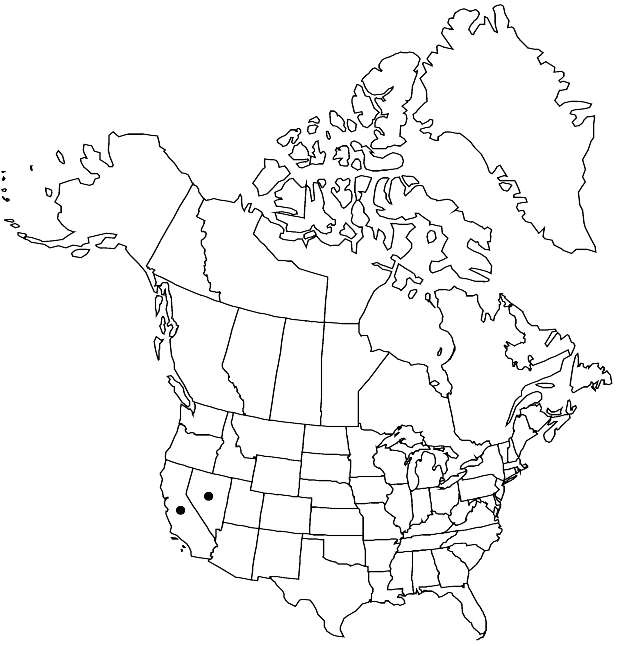Rorippa subumbellata
Contr. Dudley Herb. 3: 177, plate 46, fig. 2. 1941.
Perennials; (terrestrial or of wet habitat, not submerged, with underground rhizomes); glabrous or pilose, (trichomes crisped). Stems decumbent, much-branched distally, 0.5–2.5(–3) dm, (glabrous or pilose proximally). Basal leaves not rosulate; blade margins subpinnatifid to sinuate. Cauline leaves sessile or shortly petiolate; blade broadly oblanceolate to oblong, (lateral lobes oblong to ovate), 1–3.2 cm × 3–12 mm, base not or minutely auriculate, margins subpinnatifid to sinuate, or (lateral lobes) usually entire, (surfaces pilose or adaxially glabrous). Racemes (subumbellate), not or slightly elongated. Fruiting pedicels erect to divaricate-ascending, straight, 3–7(–9) mm, (pilose). Flowers: sepals (persistent), erect, oblong or ovate, 2–3 × 1–1.5 mm; petals yellow, spatulate to oblanceolate, 2.5–3.5 × 1–1.7 mm; median filaments 2–2.5 mm; anthers narrowly oblong, 0.8–1.2 mm. Fruits silicles, straight, subglobose to broadly oblong, 3–6 × 2–3.5 mm; valves glabrous; ovules 30–44 per ovary; style 0.8–1.5 mm. Seeds biseriate, yellowish brown, angled, cordiform, 0.8–1.1 mm, strongly colliculate.
Phenology: Flowering Jun–Sep.
Habitat: Shores of lakes, beaches
Elevation: 1800-2000 m
Discussion
Of conservation concern.
Rorippa subumbellata appears to be restricted to Tallac and Truckee lakes and Lake Tahoe in eastern California (El Dorado and Placer counties) and western Nevada (Douglas County).
The record by Rollins of n = 5 for the species (see S. I. Warwick and I. A. Al-Shehbaz 2006) is highly unlikely; no such count is known in the entire tribe Cardamineae, to which Rorippa belongs.
Rorippa subumbellata is in the Center for Plant Conservation’s National Collection of Endangered Plants.
Selected References
None.
